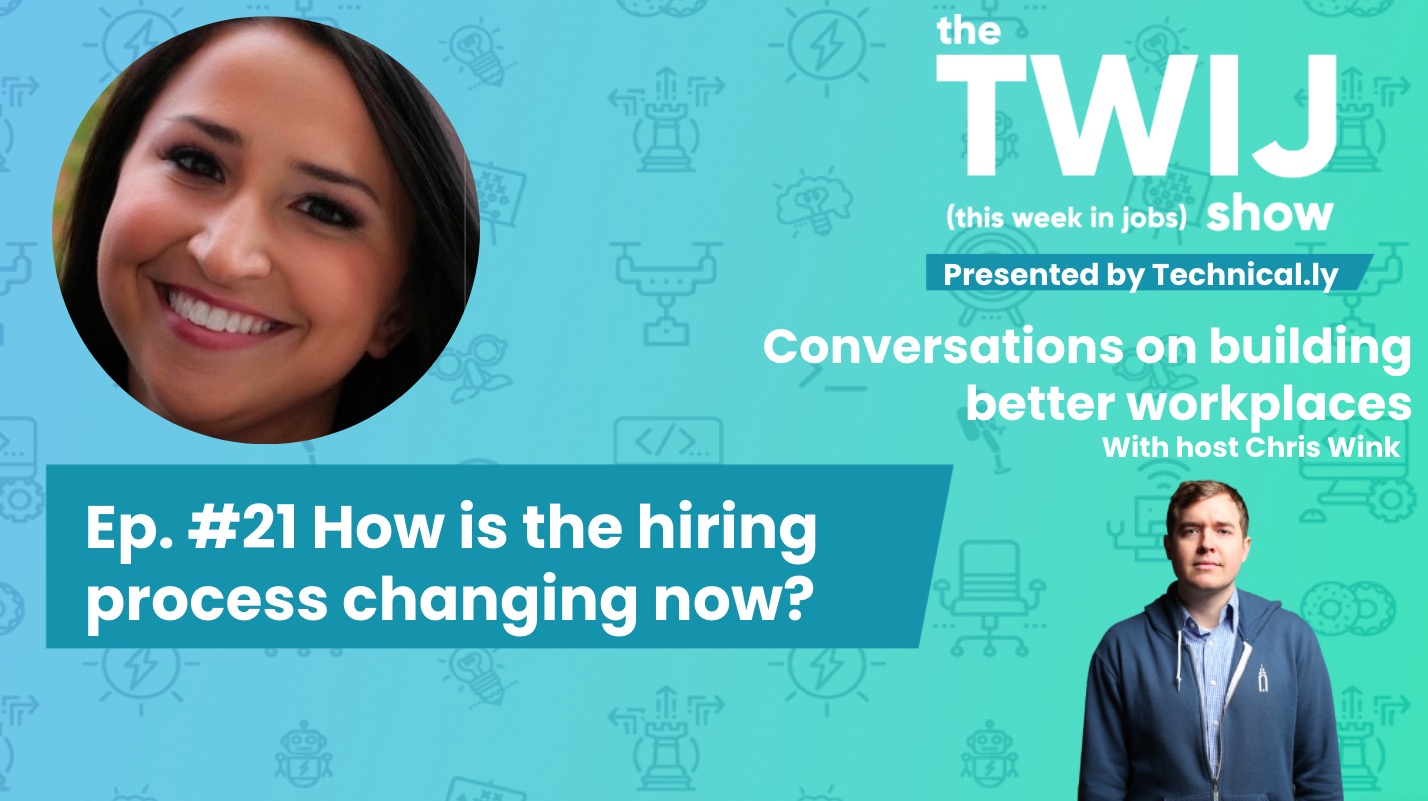Hiring is a reflection of where an economy is going.
As software continues its steadfast feasting on industries far and wide, it’s hard to imagine a company lasting for the long term without a strategy to form tech-forward teams. “Tech” hiring, then, isn’t something left only for “tech” companies. This is the battleground on which new workplace norms and hiring trends are set.
The roles themselves continue to change. Software development will continue to be a focus for countries around the world. Other software-adjacent roles like data science and product management fit, too. Increasingly though, we hear from leaders at growth-stage companies that they seek a certain mindset for all their roles — from project management to sales and marketing.
Far from the we-have-free-beer cliche selling point starter that was briefly in vogue, this is the rise of values-first hiring.
In short, hiring is no monolith. Though at the time of this writing overall unemployment remains crushingly high, a two-sided recovery is emerging. After a pullback in Q2, companies with growth plans have no time to stall. So while 2020 has proven considerably disruptive to how work gets done, the trends for how hiring gets done aren’t so different than they were earlier this year. The year has proved that it’s still far more important to show and live by your workplace values.
If you lead hiring for a company in a competitive landscape vying for sought-after professionals, you need to understand your workplace’s business case, says Ali Farrell, head of people for Wodify, which sells a management platform for fitness centers.
Farrell joined me for a conversation for this week’s edition of The TWIJ Show, a weekly interview series on building better workplaces. The topic: How is hiring changing? Here are a few takeaways from our conversation.
1. Start with your employee value proposition.
Farrell and I got here by way of a conversation about employee value proposition. It’s a topic that may have once sounded purely like business jargon, but is increasingly understood as the foundation of any hiring strategy. A future TWIJ Show episode will take on EVP best practices, but here’s a simple definition: Just as your company must understand its business value for customers, you must also hold an understanding of why yours is a worthy workplace.
A strong EVP can help you in two ways. On one hand, it can attract those who might be the best fit, as they see themselves not just aligning with the company, but with the values and path that’s laid out every day. And with more clarity, it also might repel those who wouldn’t fit at all.
With the pandemic bringing wider adoption of virtual workplaces, the shifts of this year are more likely to encourage flexibility and remote work to fit into that EVP going forward.
2. Quality over quantity.
Despite a constant onslaught of software solutions, the value of personal networks and informed recruiting firms remains durable. That’s because hiring managers know how much more valuable informed, on-target applicants are than a bigger stack of resumes.
Inexperienced and overwhelmed hiring managers can find themselves in bad habits, like a “posting-and-praying” approach to job descriptions that lands them on any jobs board that sends them the most applicants.
“Quantity [of applicants] is not a metric I care about,” Farrell said. “It doesn’t have business value.”
This is one area where new software tools are proving useful. Improvements in scoring candidates using AI and supporting inbound questions via chatbots are helping to raise quality quality.
3. Test and track.
One value to a crowded marketplace is that hiring will likely be improved by a competitive landscape filled with a range of approaches. When it comes to reaching candidates, your company might find value in seeking people out in local communities or niche groups, or you might want to meet them at conferences or webinars. A newsletter could help to grow engagement with your workplace. There is any other number of approaches that might fit your goals, so there’s room to run focused tests to figure out what works.
Chatbots and AI-powered evaluation are clear examples of trends that put technology behind these approaches, as well. Again, Farrell reminds, be focused on improving your favorite metrics.
“Retention is my favorite metric, ” she said. “But like anyone, time to apply; cost to hire; time to productivity; these are all important to track.”
4. Move beyond words for diversity, equity and inclusion.
The best-resourced companies in today’s economy have failed to make progress on advancing the diversity of their workforces. The tension and importance of this work only continues. A strategy for making workplaces more diverse and welcoming will remain a critical hiring necessity.
Listen to our entire conversation below.
For more, listen to Farrell in conversation on the EmployeeCycle podcast.
Join our growing Slack community
Join 5,000 tech professionals and entrepreneurs in our community Slack today!
Donate to the Journalism Fund
Your support powers our independent journalism. Unlike most business-media outlets, we don’t have a paywall. Instead, we count on your personal and organizational contributions.

Maryland firms score $5M to manufacture everything from soup to nanofiber

National AI safety group and CHIPS for America at risk with latest Trump administration firings

Immigration-focused AI chatbot wins $2,500 from Temple University to go from idea to action


